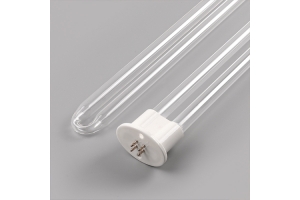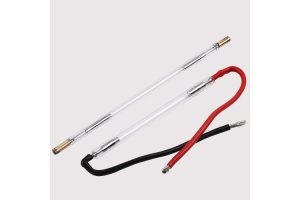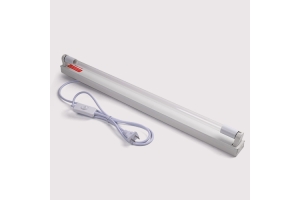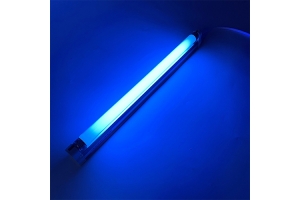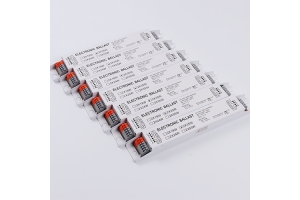The relationship between the lifespan of UV lamps and switch times
The service life of UV lamps is based on the attenuation of UV radiation intensity.
The life of the UV lamp cannot be independently said in hours, because it is wrong to judge whether the lamp can still be bright as the lifespan. Ultraviolet lamps are used for sterilization, and the sterilization effect mainly depends on UVC short-wave 253.7nm ultraviolet rays. Each type of bacteria needs to be inactivated by receiving a certain amount of ultraviolet radiation. Therefore, the bactericidal effect depends on : dose = intensity x time. Most of the UV lamps are replaced because the radiation intensity cannot meet the requirements, not because they cannot be lit.
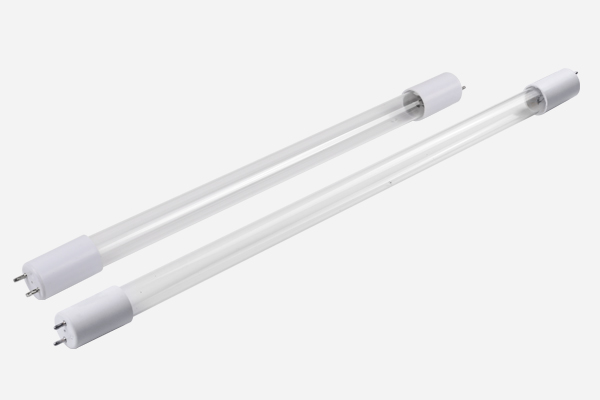
Then we understand that the so-called lifespan must be operated under the premise of meeting the usage specifications. Excessive switching is an important cause of premature end of life. The more the UV lamp can meet the continuous work, the less the number of switches and the longer the life. This is because the UV lamp is a gas discharge lamp, and each start is a shock to the filament, which will lead to the sputtering of electron powder on the filament. The disappearance of the electronic powder will precede the damage of the filament. Even if there is a warm-up function, it is better to reduce the number of starts as much as possible.
The service life of ultraviolet germicidal lamps is mainly affected by the following factors.
- Lamp quality: If the quality of the lamp is not good enough, there are more impurities in it, which will cause difficulty in starting or insufficient strength. Attenuation can be rapid.
- Electronic ballast: The start-up of the UV lamp depends on a special electronic ballast. However, the current of the electronic ballast that is turned off is not stable enough or the model that does not match the lamp is selected. The lamp may burn out prematurely. blackhead phenomenon.

